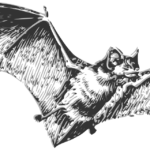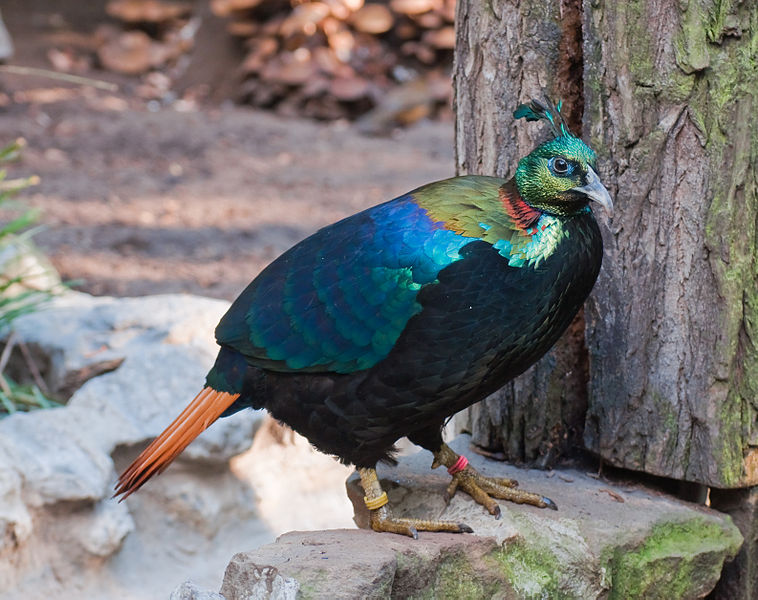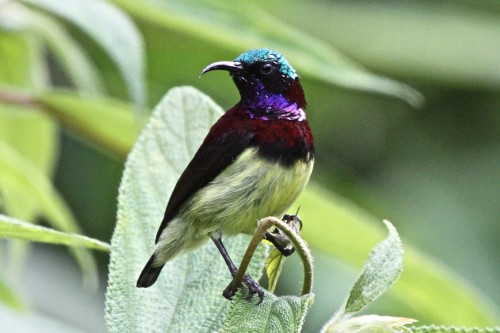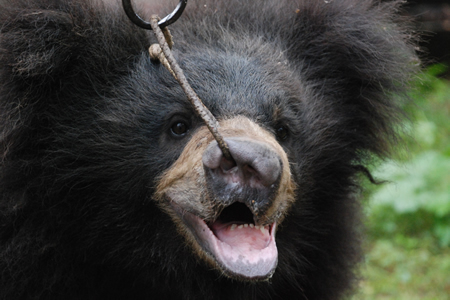A baby elephant’s trunk is its biggest toy. As it twists and tumbles taking care of the protrusion coming out of its face and slowly learning its importance, the elephant also must decide one thing. Which side does it prefer more? Indeed, just like people are left or right-handed, elephants too learn to rely on one side of the trunk more than the other. And now researchers from the Jawaharlal Nehru Centre for Advanced Scientific Research have found more about this ‘right trunk handedness or left trunk handedness‘ in Asian elephants.
Elephants are precocial species, which means the young ones are born in an advanced state of development where they can move around, see or can feed almost as soon as they are born. Even then, the calves are dependent on their mothers for almost two years for their food and protection. It is also the time when they learn to use their all-important trunk for various functions such as lifting, moving branches, bringing food to the mouth, or using it to greet the family.
Researchers T. Revathe, S. Anvitha and T.N.C. Vidya studied Asian elephant calves of different wild herds in Bandipur and Nagarhole national parks of Karnataka to find if the preference to use a particular side arose before the calves became adept at the trunk use.
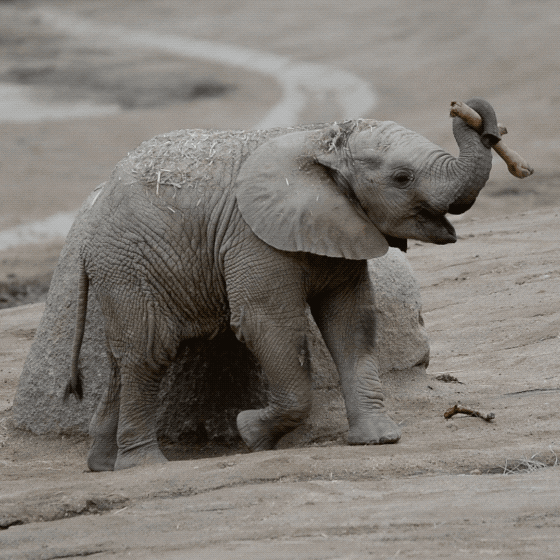
They looked at videos of 30 elephant calves from 11 herds to observe how the calves were using their trunks. This included the direction in which the trunk moved to pull vegetation, the side which they used to put food into their mouth, which side of their body they touched the most, as well as how the trunk touched the ground.
They found that within three months of birth, baby elephants begin to have a side preference. As they grow older and become more efficient in handling the trunk and its multiple uses, their side preference only increases.
What is interesting, noted the researchers, is that the right trunk handedness or left trunk handedness was not dependent on how successfully they used the trunk. They still tumbled and fell trying to lift the log like mom, but at least they had an innate preference of trying to accomplish tasks using the left side or the right side more dominantly, just like humans.
Also Read: Elephants can Make Joints from their Trunk to Pick Food
Baby to Adult
The researchers also found the particular set of tasks babies learned to do at different phases of their lives on the journey to adulthood. Actions like playing, feeding, resting and grooming were noted and categorized into preparatory-calf, calf-specific, preparatory-adult, and adult-like behaviours.
“Preparatory-calf behaviours are those that are shown only by calves but are not yet fully developed. On the contrary, preparatory-adult behaviours are shown by adults but are not yet completely developed in calves. They are still being learnt, practised, and elaborated,” explains Revathe to ResearchMatters.in
The team found that certain tasks like resting became lesser as they grew older and tasks like feeding increased. They also found that some behaviours like grooming and resting remained similar as young and adults, but some behavioral actions like feeding and use of trunk were learned gradually from six months to one year of age.
Dr. Vidya says that this basic data can help further studies on elephant behaviour as they now know which behavioral action is prominent or develops in which phase of an elephant’s life.
The understanding of the trunk side preferences can also be broadened by studying other species like the tapir that have elongated noses and whether they too develop left or right side preferences early on in life.
The study was published in the International Journal of Developmental Biology.
Also Read: Six Elephants Die within Ten Days in Chhatisgarh
Featured Image via cc/Flickr



